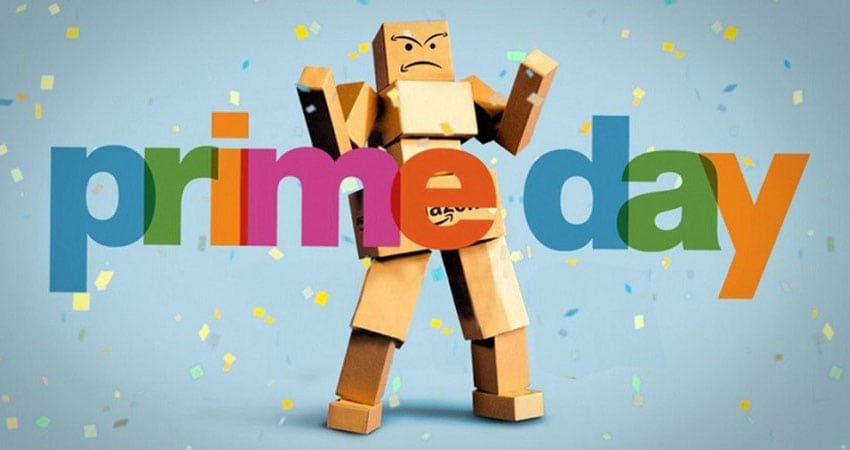Amazon said Prime Day was another big winner, calling it the biggest shopping day in its history, with more than 100 million products purchased by Prime members during the 36-hour extravaganza that stretched from mid-afternoon on July 16 to the early morning hours of July 18 on the east coast.
According to dynamic repricing firm Feedvisor, which tracks customer sales data on Amazon, Prime Day total sales were up 24% and total orders up 18% from 2017, when factoring in the extra six hours of this year’s event.
Another estimate from Wedbush Securities analyst Michael Pachter put the Prime Day gain at 33% over 2017, for a total haul of $4.2 billion, based on an analysis of the tea-leaf information Amazon doled out after the event closed.
Compared to the same period last week, total sales on Amazon increased 59% and total orders were up 44%, according to Feedvisor’s data. The greatest increase in sales (up 104%) and orders (up 89%) vs. last week occurred at 11 p.m. EDT on July 16, hour nine of Prime Day.
Amazon said it signed up more Prime members on July 16 than ever before – which of course is a major focus of the concocted sales holiday. There are an estimated 100 million-plus Prime members worldwide, according to various sources.
Consumer Intelligence Research Partners pegged the number of U.S. Prime members at 95 million as of June 30, representing 59% of all Amazon customers. CIRP also said growth in Prime membership has slowed, gaining 12% in the past 12 months, compared to 35% a year ago.
More big-name brands and retailers jumped on board to offer discounts than in past years, as Prime Day has matured past its perception as a yard sale for less-than-desirable items when launched in 2015 to a juggernaut with significant sales potential.
But not everyone felt that way as there were more merchants setting up competing deals this year. RetailMeNot, for instance, said there were 30% more retailers doing so than in past years. Target in particular said that Tuesday was its highest single day of traffic and sales in 2018; significantly, 90% of the orders were fulfilled from stores.
For its part, main Amazon rival Walmart took a shot at the ecommerce giant by running discounts a week ahead of Prime Day and aiming for price parity – although not on all Prime Day deals, according to Market Track data in Forbes.
Adobe Digital Insights reported that retailers with over $1 billion in annual revenue realized a Prime Day bonanza, with a 54% spike in sales on July 17 compared to an average Tuesday. Smaller merchants, however, did not fare as well: Those with revenue under $5 million experienced an 18% decrease on July 17 vs. an average Tuesday.
“People love to comparison shop, with many turning to Amazon’s competitors to compare deals and prices,” said Taylor Schreiner, director of Adobe Digital Insights. “Prime Day has turned into a huge opportunity for all online retailers.”
The categories with the largest sales increase on Prime Day vs. last year’s event, according to Feedvisor, were pet products (+77%), sporting goods (+50%), groceries and office products (+25%), beauty products (+20%) and home improvement (+16%).
Amazon said small-to-medium third-party sellers on its platform raked in more than $1 billion in Prime Day sales as of 5 p.m. EDT on July 17, without elaborating and with no comparable data from 2017. Of course, Amazon Echo and Fire devices and Whole Foods deals went like hotcakes as well.
In terms of page loads on Amazon.com during Prime Day, it was much slower on mobile than desktop across the nation on July 16, reaching as high as 30 seconds of a blank screen, according to digital monitoring system firm Catchpoint.
The initial problems with site crashes started shortly after the event launched at 3 p.m. EDT on July 16 and mostly ended about two hours later, although there were spotty problems up to about 8:15 p.m. on Amazon’s mobile app.
“Photos of (Amazon) employees’ pups successfully mitigated some of the negative sentiment around the online retailer’s site difficulties,” said Adobe’s Schreiner, noting how sales weren’t severely impacted by the outages.

